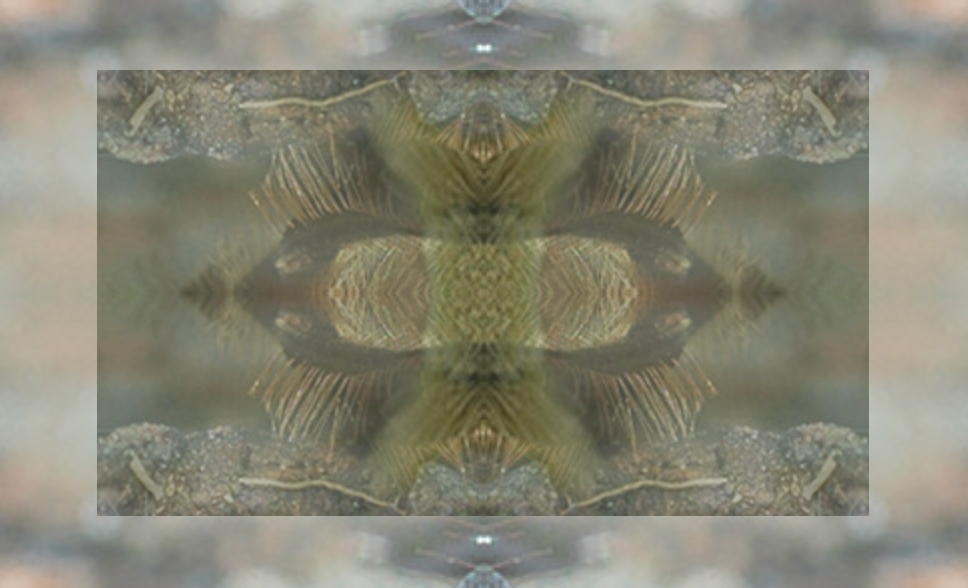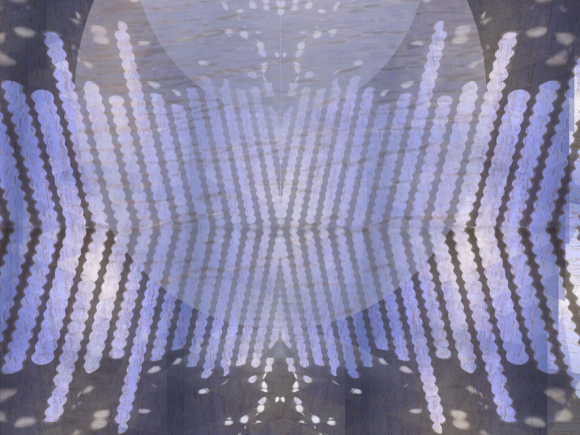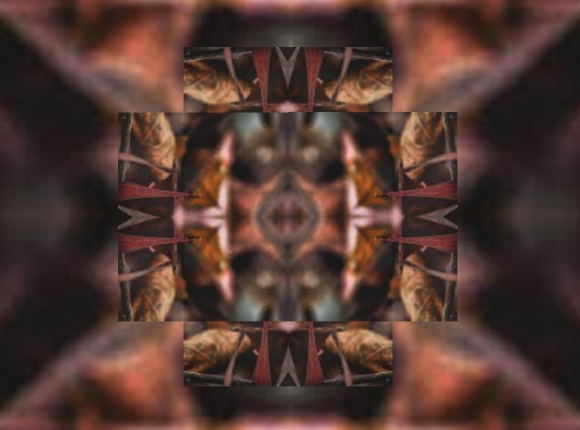Jung presents the process of engaging with the unconscious (aka the “individuation process”) often as a series of stages; where at each stage the focus is on a specific archetype.
Before individuation begins in earnest, of course, all human beings develop an ego (consciousness), and in the course of their early life also a persona (a set of social roles they habitually enact). We all do this, and insofar we do (generally, in the first half of life), we are not individuated at all: the psyche is aligned with the collective. Then at the first stage of the individuation process, we face the Shadow; later we integrate the Anima; and finally approximate the Self. Somewhere before that last stage (but it is never quite clear exactly when and how) the Wise Old Man (spirit) appears, too.

Jung frequently traced this path in his work; although there are many variations in terminology and interpretation, it is recognizably the same progression. (See, for instance, GW IX/I, §§1-86; the initial chapters of Aion, GW IX/II, §§1-67, also §422-427; and the second of the Two Essays, GW VII, §§202-406.) But if that route is somehow the typical one (or maybe even the only one), are there any particular reasons for this?
Jung, of course, would point to “experience”, and this means in his mind a certain fuzzy mix of case studies (from his own practice as psychotherapist), interpretations of mythological material, and his personal mystical experience (in dreams and visions). This produces the (incorrect) impression that we’re dealing with objective empirical science; and Jung sometimes tries to push into that direction in order to claim respectability for his views. That, however, is a questionable move, and we should have none of it. We’re better off treating Jung’s views as an interesting philosophical perspective, a sort of “ontology of the soul in terms of archetypes”, as Hillman characterizes it (The Myth of Analysis, 12).
Now, reading it like that, we obviously cannot answer our question — why there should be this particular progression of archetypes on the individuation path — by producing yet another set of examples from psychotherapeutic casuistry, from dream series’, alchemistic literature or mythological tales. We have to examine the dynamic more closely, and understand why engaging with the Shadow, for instance, has an inherent tendency to making us aware of the Anima — or why an engagement with the Anima leads us to insights into the Wise Old Man.
The latter question may be even the more interesting one: for in Jung’s work, there is an ambivalence what the central archetype at this stage would be. In some cases, he quotes the Wise Old Man; in others, he talks more generally of the “Mana Personality”; and most frequently, he posits the relativization of the ego/approximation to the Self as the stage after the Anima engagement. Which is it? Was he undecided about this, or did he have diverging views on the question at different stages in his work? Perhaps these variations were not actually that different to him, but rather overlapped and converged?
Insofar we are strictly concerned with Jung exegesis, we have to remember that he considered his method to be empirical (even though we might not concur with his criteria for what counts as empirically verified data). The experience on which he relied was in his case material, and he sometimes suggests that the relative frequency of Wise Old Men appearances is lower than that of the Self symbols. But although this would account for the relative weight that Jung himself gave these variations, it would not be cogent for us. The lead question, then, must rather be whether we can find any pointers to reasons more inherent in the dynamic itself.




[…] of the ways in which Jung differentiated them was by showing dynamic interactions and interdependencies between them. There are personalities and shadows only because the soul projects them; there can be chaotic […]
[…] archetypal ideas, e.g. between Spirit and Anima. These interrelations are what is behind the progression Ego-Shadow-Anima-Spirit in Jung’s typical layout. And I have said that these connections must be built into the […]
[…] the question is whether these archetypal ideas really contain the dynamic, the interdependencies which Jung traces, in their very formulations and in their symbolic content. Let’s examine some specific points in […]
[…] outlines the path of the individuation process in several of his works, and it is instructive to reconstruct his line of thought in each of these. […]